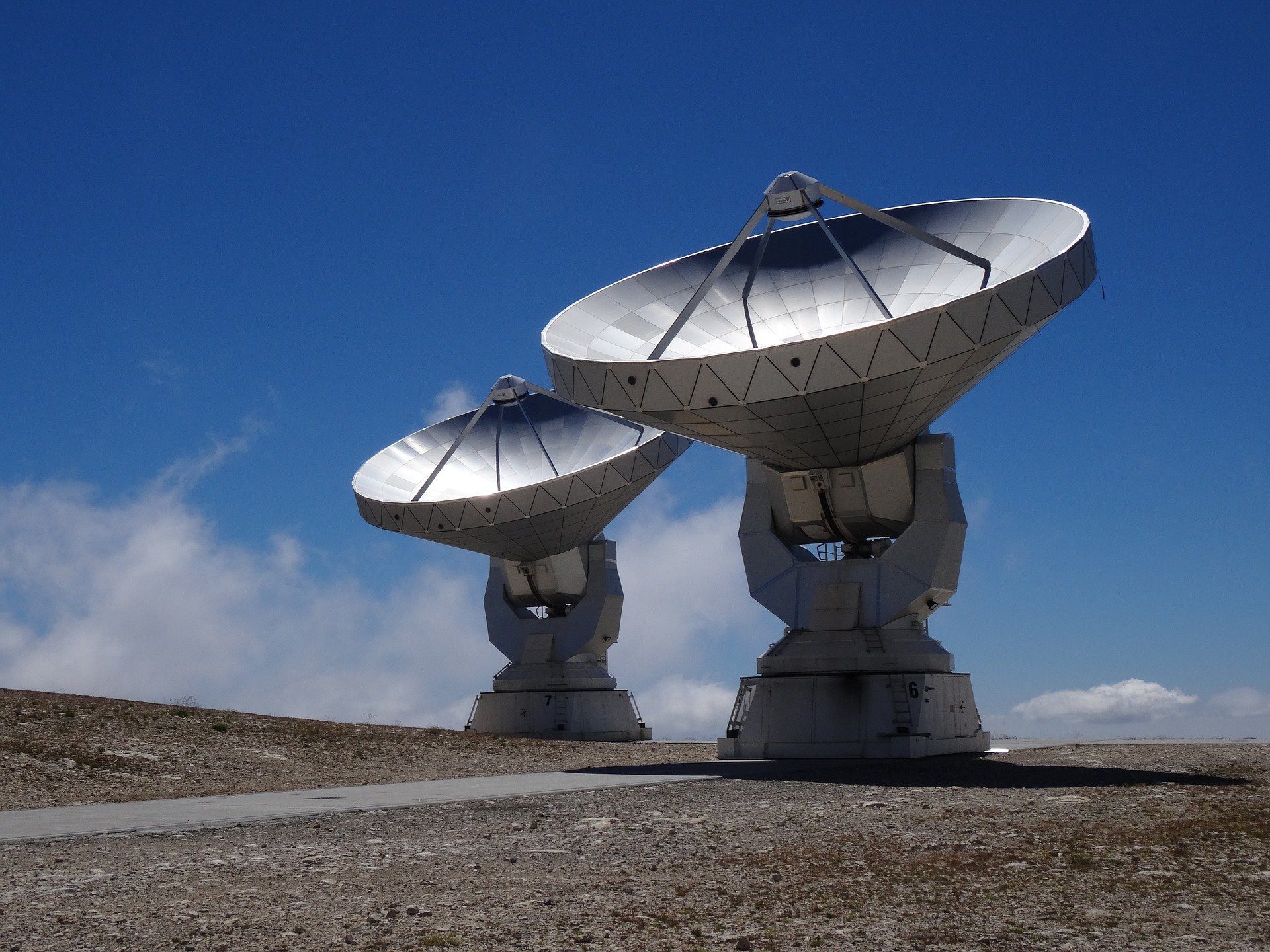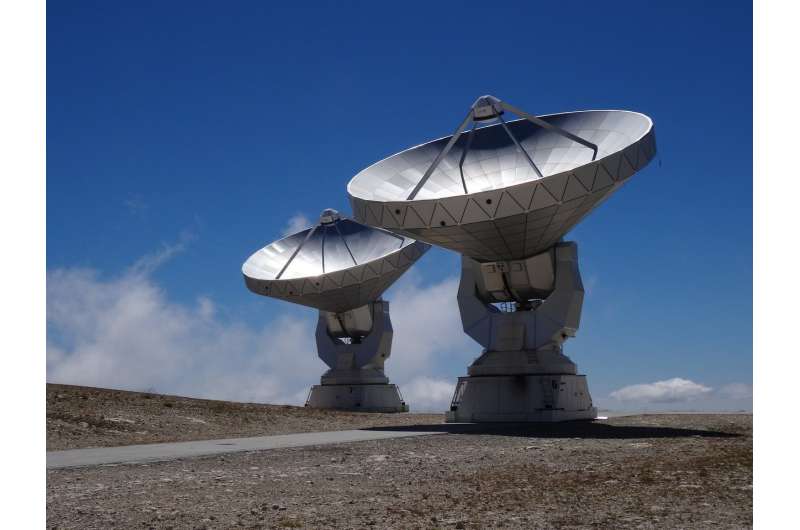

Astronomers examining data from the Murchison Widefield Array, a radio telescope located in Western Australia, encountered an unanticipated enigma.
This innovative telescope, composed of 4,096 spider-like antennas, is designed to capture radio signals that date back over 13 billion years. However, it seemed to have detected a television broadcast originating from a much closer source.
This revelation was surprising, particularly since the telescope operates in a regulated radio quiet zone. The Australian government enforces strict limitations on signal emissions from various communication devices, including televisions, Bluetooth gadgets, and mobile phones, to prevent interference with local telescopes. Adding to the mystery, the television signal appeared to be moving across the sky.
“It dawned on us,” stated Jonathan Pober, a physicist at Brown University and the lead U.S. researcher for the Murchison Widefield Array project. “We speculated that the signal might be reflecting off an airplane. We had been observing these signals for nearly five years, and several team members had previously suggested that airplanes were reflecting television broadcasts. This time, we felt we could finally test that theory.”
To investigate further, Pober enlisted the help of Brown Ph.D. student Jade Ducharme for a comprehensive astronomical investigation. Their findings, recently published in *Publications of the Astronomical Society of Australia*, not only substantiated the airplane theory but also provided a groundbreaking approach for astronomers to identify and eliminate unwanted radio frequencies—a necessity as the sky above becomes increasingly congested with satellites.
“Astronomy is currently facing a critical challenge,” Pober remarked. “Concerns are mounting that astronomers might soon struggle to conduct high-quality radio observations due to interference from satellite networks. This is particularly pressing for telescopes like the Murchison Widefield Array, which scans the entire sky at once. There’s no way to physically maneuver our telescopes away from satellites.”
In conventional settings, data contaminated by unwanted signals, referred to as radio frequency interference (RFI), is often discarded. This is due to the unpredictable nature of such signals and the lack of a clear origin model, making it nearly impossible to isolate and eliminate them, Ducharme explained.
“This leads to a vast amount of discarded data just to ensure none of the observations are tainted,” Ducharme added.
For Ducharme and Pober, their new research aims to create a foundation for resolving this significant issue by developing a method to trace RFIs back to nearby sources. They achieved this by merging two established tracking techniques in the field.

The initial technique, known as near-field corrections, adjusts the telescope’s focus to account for objects near Earth that typically induce interference. While telescopes are primarily designed for deep-space observation, these corrections allow for more accurate tracking of proximal objects. The second method, beamforming, enhances the focus on specific objects by honing in on the source of interference—such as the television signal reflected from an airplane.
Utilizing the synergy of these two methods, the researchers were able to track the airplane and analyze how the reflected radio waves changed direction upon striking its surface. This allowed them to deduce that the aircraft was cruising at an altitude of approximately 38,400 feet and was traveling at a speed of around 492 miles per hour. Moreover, they determined that the RFI signal originated from frequencies linked to Australian digital TV Channel 7.
Although the team could not pinpoint the specific flight due to incomplete public flight data, Pober expressed optimism that the successful integration of both techniques presents new opportunities for radio astronomy.
“This marks a significant milestone in enabling us to eliminate man-made interference from observational data,” he stated. “By accurately identifying and removing the sources of disruption, astronomers can retain a greater volume of their observations, mitigate data loss, and enhance the likelihood of groundbreaking discoveries.”
Future phases of the project will focus on actively removing broadcast RFI signals from their analysis, ensuring the data remains valuable for the MWA team. The scientists are eager to refine the method further and expand its application to filter out interference from satellites and other entities in space. However, they acknowledge that while the technique has proven effective for tracking airplanes, applying it to other interference sources like satellites poses additional challenges.
This research highlights the increasing urgency of addressing RFI issues. According to the United Nations Office for Outer Space Affairs, as of June 2023, over 11,330 satellites were in orbit around Earth, signifying nearly a 40% increase since January 2022.
This surge in satellite launches is expected to continue in the upcoming years, posing significant challenges for radio astronomers studying phenomena such as black holes, galaxy formation, and the universe’s very origins. In response, science leaders have begun initiatives to address these challenges. Notably, since 2019, the National Science Foundation’s National Radio Astronomy Observatory and SpaceX have collaborated to develop real-time data-sharing systems aimed at minimizing satellite interference with telescope observations.
Nonetheless, the ongoing discussions raise concerns about whether these measures will suffice as the world becomes increasingly inundated with artificial signals. Some experts, including Pober, advocate for exploring options beyond Earth, such as constructing radio telescopes on the moon, to escape the noise.
“If we can’t find a quiet environment here on Earth, perhaps we should consider that Earth isn’t the ideal location,” Pober suggested. “Regardless, we must prioritize the advancement of enhanced data analysis methods to effectively filter human-generated interference.”
For more details:
Jade M. Ducharme et al., *Altitude estimation of radio frequency interference sources via interferometric near-field corrections*, *Publications of the Astronomical Society of Australia* (2025). DOI: 10.1017/pasa.2024.123
Provided by
Brown University
Citation:
Unexpected TV signal leads to a new method for filtering out unwanted radio frequencies (2025, February 12) retrieved 13 February 2025 from https://phys.org/news/2025-02-unexpected-tv-method-filtering-unwanted.html
This document is subject to copyright. Apart from any reasonable use for personal study or research, no part may be reproduced without written permission. The content is provided for informational purposes only.









